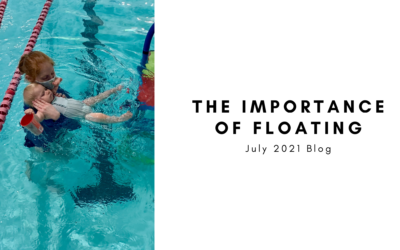The Importance of Floating

Summer Session is notorious for having older kids (think 6+ years old) who don’t know how to swim. Well, let me rephrase that, summer is notorious for having older kids who think they know how to swim, but really don’t. We get so many people, both young and old, who take lessons, and think that swimming is thrashing their arms and legs in the water. They think that they have to “do something”–like move their arms or kick really hard to be able to move through the water. But this is not how you swim.
Swimming is really just floating. That’s it. It’s floating with gentle movements from arm and legs that propel you forward. The best way to swim is to actually do the least amount possible. Kind of like golf.
Floating, and therefore swimming, is understanding that the water works opposite. To move forward, you need to push the water backwards, and vice versa. It is trusting that the water will hold you up (buoyancy), and working with the water to move.
And this is why floating is so important in swimming because floating IS swimming. If you can float with your face in the water and move your arms, BAM, you have a freestyle. If you can float on your back and gently kick, BAM, that’s a backstroke. It may not be Olympic quality swimming, but it will get you from point A to point B safely. This is why we spend so much time in our Level 1 and Level 2 classes on floating, because floating is the foundation of swimming, and back floating especially, is the foundation for being safe in the water.
Safety-wise, back floating is incredibly important. Every single one of my Level 2 classes does a component of back floating every class. If you can float on your back, you can breathe! This is why we focus so much on rollover breathing because back floating enables you to catch your breath, relax, fix goggles, or call for help if needed. Kids who can roll over and float on their back can swim quite a distance as well (which is what makes these younger Level 2 kids so dangerous, but that is for a different blog). If there is one safety skill that you emphasize with your kids, it is back floating.
There is also something called vertical floating, which is my favorite. Vertical floating is floating straight up and down (vertically). Vertical floating is great because it is such a flex, a power move. If you can float vertically, you can tread water, and if you can tread water, you can play water polo (the best sport ever).
So while many people may scoff at floating and think that it’s not important or it’s just for lower levels, it is actually the most important part of swimming, hands down (or no hands down, because that wouldn’t be floating, and no feet down either). Next time you’re in the pool, try just floating around and see what all you can do with such a basic skill.
The post The Importance of Floating appeared first on Swim-in Zone Swimming Academy.



